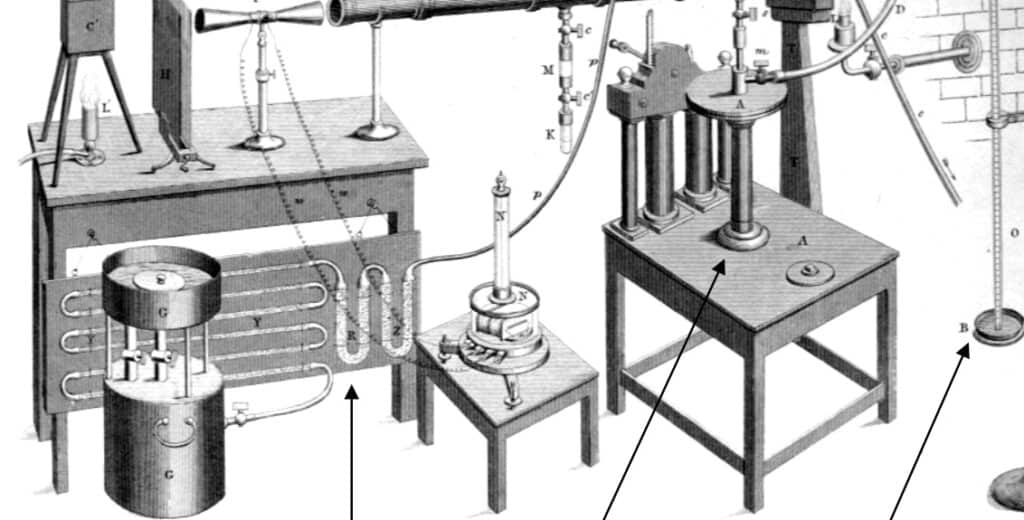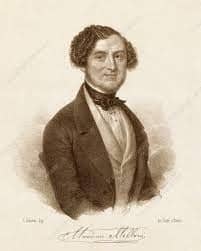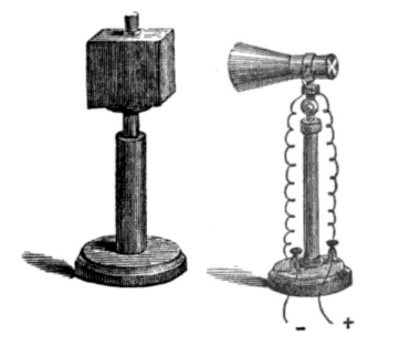TRANSLATE consortium member, Professor Paul Hurley, tells us about the origins of our knowledge on global warming and the interesting link with the aim of the TRANSLATE project through the Seebeck effect.
The TRANSLATE consortium are exploring new ways to extract electrical energy from waste heat using the Seebeck effect; and the Seebeck effect was central to the discovery in the middle of the 19th century that carbon dioxide is a greenhouse gas. This blog post explores the surprising connections linking Thomas Seebeck, John Tyndall, global warming and the TRANSLATE project which stretch back almost 200 years.
The new climate science report by the Intergovernmental Panel on Climate Change (IPCC) now indicates – unequivocally – that humans have caused almost 100% of the global warming which has occurred since the late 1800’s. We must drive carbon dioxide emissions to zero. This will take change and innovation in electricity generation, transportation, agriculture and manufacturing. There is also another opportunity to reduce carbon dioxide emissions that is often overlooked. Around 70% of all the energy we produce in our factories, homes and workplaces is lost in the form of heat….and this is where the TRANSLATE project is focussing its efforts – to develop low cost technologies which can convert this heat into useable electricity. Accessing this largely untapped energy source could help tackle the biggest challenge for science and society in the 21st century.
Taking a look back at the origins of our knowledge about global warming, we need to start with Thomas Seebeck who in 1826 first discovered the production of electricity from a temperature difference and connected dissimilar metals. Just 7 years later in 1833, the Italian physicist Macedonio Melloni had used what we now call the “Seebeck” effect to produce a device made from Bismuth and Copper cells which could detect a person from 30 feet away – and a cow from 100 feet away – based on the radiant heat they generate. The device was called a thermopile – and was the first infrared detector.
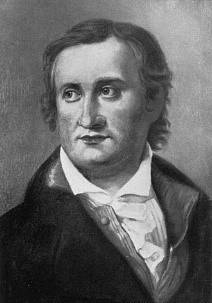
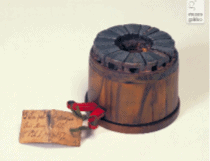
Moving on 26 years, we come to the Irish Physicist John Tyndall, whom the Tyndall Institute, a partner in the TRANSLATE project, is named after. Tyndall was investigating the absorption of radiant heat by gases, which he saw as “a perfectly unexplored field of inquiry”. Tyndall didn’t only have to perform the experiments and analyse the data – he also had come up with the concept of how the heat absorption could be measured – and then build the equipment! Tyndall needed to measure a heat difference between a reference heat source and the same reference heat source which had passed through various gases and vapours. To do this, Tyndall incorporated a thermopile into his new experimental set up….the ratio spectrophotometer.
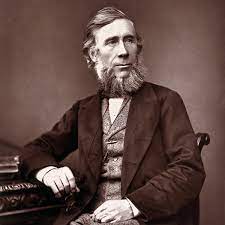
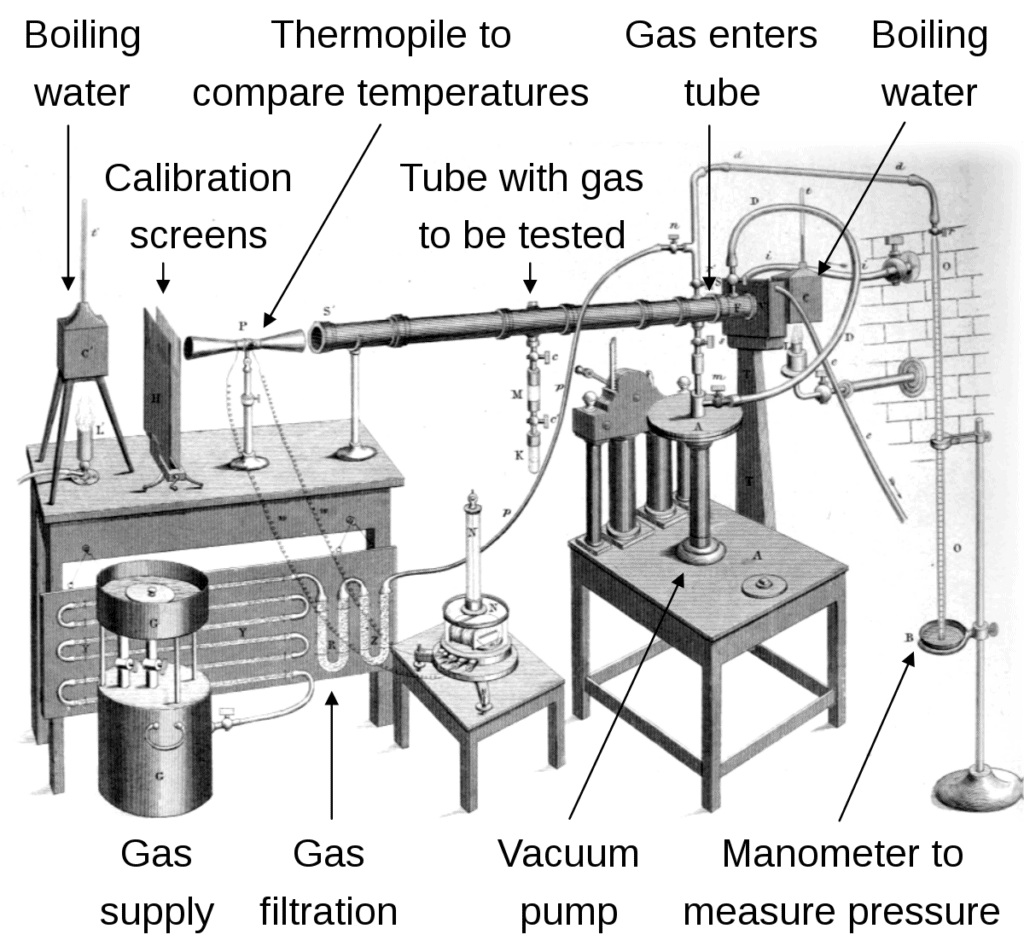
Using this equipment, Tyndall made the discovery that water vapour and carbonic acid gas (which we now know as carbon dioxide) were strongly absorbing to radiant heat, while oxygen, nitrogen and hydrogen are transparent. These results explained how the Earth was not much colder than expected based on the thermodynamic considerations of John Baptise Fourier. Carbon dioxide and water vapour in the atmosphere heats the Earth surface by reducing the amount of radiant heat which escapes the Earth’s surface into space. In Tyndall’s own words, “Remove from a single summer’s night the aqueous vapour in the air which overspread this country, and you would assuredly destroy every plant capable of being destroyed by a freezing temperature. The warmth of our fields and gardens would pour itself unrequited into space and the Sun would rise upon an island held fast in the iron grip of ice”. But as we now know, and consistent with Tyndall’s experimental results, too much carbon dioxide can increase this heating to levels which can have devastating effects in terms of extreme weather and rising ocean levels.
On the other side of the Atlantic in 1856, Eunice Newton Foote had presented a paper to the American Association on “Circumstances effecting the Heat of the Sun’s Rays”. In this amazing paper, presented before Tyndall’s work in 1859, she reported the findings in 2 pages, reporting that, “….the highest effect the Sun’s rays I have found to be is in carbonic acid gas”. She also went on to make the striking and far reaching comment “An atmosphere of that (CO2) gas would give to our Earth a high temperature, and if at some stage in its history the air had mixed with it a larger proportion than at present, an increased temperature from its own action, as well as from increased weight, would surely have occurred”.
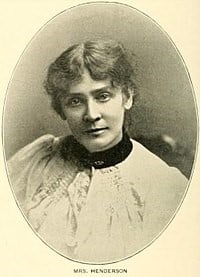
The work of Eunice Foote and John Tyndall set the foundations of how carbon dioxide in the atmosphere plays a central role in determining the temperature of the Earth’s surface. Coming full circle, Tyndall used the Seebeck effect to examine the origins of global warming and the TRANSLATE consortium are now exploring how the Seebeck effect can be used to counter the effects of global warming.

